Birth
Date unknown, between 1500-1300 BC
Death
Date unknown, between 1500-1300 BC
The Ølby Woman is the name given to the remains of a woman from the Nordic Bronze Age world who was found in an elite burial mound in Denmark in 1880.
Personal Information
Name(s)
The name of the young woman interred under the northernmost mound at Ølby near Køge on Zealand, Denmark almost 3500 years ago has been lost to history. In 1880, excavators at the site began referring to the remains of this female as the “Ølby Woman” [EUHL-boo] in reference to the place where she was buried (Müller 1880; Boye 1896; Aner and Kersten 1973).
Date and place of birth
The Ølby Woman was part of the dynamic Nordic Bronze Age world. Close typological comparisons of her grave goods suggest that she lived and died within Nordic Bronze Age Period II, which experts estimate to have been between 1500-1300 BC (Randsborg 2006).
In a recent comprehensive provenance study, Ølby Woman’s first, second and third molar teeth were sampled for strontium isotope analysis. The authors interpret the results thereby obtained to indicate that the Ølby Woman may have lived mostly locally within the borders of present-day Denmark (Bornholm excluded) until her death (S. S. Reiter et al. 2019).
Death and place of death
The circumstances around the death of the Ølby Woman are unknown. Unfortunately, with the exception of her dental enamel, most of the Ølby Woman’s skeleton had already dissolved when excavators uncovered her body in 1880 (Boye 1896; Jensen 1995), making further study of her physical body a challenge. However, as the recent strontium isotope analyses conducted on Ølby Woman’s first, second and third molar teeth are interpreted as being indicative of her living within the borders of present-day Denmark (S. S. Reiter et al. 2019) it is likely that she also passed away within this region, i.e. the region where she was buried. The Ølby Woman was buried centrally within a monumental burial mound as was the custom for the elite of the time. Her burial is considered to be the richest female burial within the Nordic Bronze Age.
Family
Like her name, the details of Ølby Woman’s family relations have also been lost. However, her burial context can provide some clues as to the kind of family of which she may have been a part. That Ølby Woman was interred in a burial mound as opposed a flat grave suggesting that she was an elite (Holst et al. 2013; Bergerbrant et al. 2017). However, Nordic Bronze Age “elites” were likely members of the families of local chiefs, who maintained social, political, trade and kinship connections with other chiefdoms, both near and far (T. Earle and Kristiansen 2010; Timothy Earle 2002). Scholarly estimates suggest 40–50,000 grave mounds were built in Denmark alone during the few centuries during which most mound building took place in this part of the world (Johansen, Laursen, and Holst 2004; Holst et al. 2013; Kristiansen 2010), suggesting that these elites were highly influential families, i.e. local chiefs.
Marriage and Family Life
We do not know whether Ølby Woman married, or whether she had children.
Some scholars have suggested that the elaboration of female burials at this time may have been more a reflection of male status (either that of the husband or father) than of female status (Shennan 1975), however this has recently been challenged (Frieman, Teather, and Morgan 2019). It has been suggested that political power was transferred along hereditary lines in the Bronze Age (S. S. Reiter 2014, 17; Clarke and Cowie 1985; Renfrew 1974; Shennan 1982), though we do not know whether this was exclusively though males, females or both. Though there is no literary evidence from Ølby Woman’s time, texts and written evidence from Classical Greece have been used as rough proxies for some of the major trends present in Bronze Age Europe. Some of these describe instances and regions in which women held political and/or religious power in their own right (Mack 2014; Walsh 2003; Vasilakis 2007). We may consider the possibility, therefore, that Ølby Woman not only had the burial of a chief (including a monumental burial mound and a burial rich in grave goods, including part of a metal sword often ascribed as a power symbol), but that she may have had the power of one as well.
Education
Ølby Woman’s life pre-dated the arrival of literacy to Scandinavia (Barnes 2012), though archaeologists do not know enough about this period to describe her education as such. Her burial evidence (central location in a mound, rich burial accoutrements, large amount of bronze goods and a bead made of Egyptian glass (Varberg, Gratuze, and Kaul 2015; F. Kaul and Varberg 2017; Flemming Kaul et al. 2015; Varberg et al. 2016) suggest that she was a member of the elite, which may give some hints as to how she was raised.
Elites in this period obtained and maintained their positions because they were skilled at managing surplus goods and could furthermore obtain and maintain the networks through which to get hold of prestige items. These prestige items would have been used by elites to define their social standing and to ensure their position through regifting to local retainers (T. K. Earle 1982; Timothy Earle 1997; Malinowski 1922). If Ølby Woman was educated about her social standing and the way in which it was maintained, it is likely that she learned “on the job”, as has been posited for other kinds of contemporary apprenticeships (Nørgaard and Reiter 2020).
Religion
As is thought typical for agro-pastoral economies, the cosmology of the Nordic Bronze Age was likely based on the sun’s movements across the sky during the day and through the underworld at night (Flemming Kaul 2004). The sun is, therefore, considered to be central within the Nordic Bronze Age religion/rituals. The well-known chariot of the sun and the famous rock carvings which also date to the Bronze Age are some of the many testimonies to this. The myth of the sun and its ‘travels’ between day and night is thought to have been connected with several animals that helped the Sun along its journey, including a sacred horse, fish, snake, ships and/or chariots such as the beautiful horse-drawn sun chariot recovered from Trundholm, Denmark (https://en.natmus.dk/historical-knowledge/denmark/prehistoric-period-until-1050-ad/the-bronze-age/the-sun-chariot/).
Some scholars have suggested that the particular clothing worn by women such as the Ølby Woman (the corded or string skirt) may have been associated with a ritual role within a sun cult (Sophie Bergerbrant 2014).
Transformation(s)
What is interesting about Ølby Woman is that she seems to have been buried in a manner consistent with male local chief and that she also seems to have lived mostly locally within present-day Denmark during her lifetime. However, the wide variety of materials within her rich burial suggest that she nonetheless had a far-reaching social/trade/political network (S. S. Reiter et al. 2019; Samantha S. Reiter and Frei 2021). The lack of evidence suggesting that Ølby Woman travelled combined with the evidence of a far-reaching network in her burial goods suggests an aspect of power that had previously only been attributed to elite male individuals (Samantha S. Reiter and Frei 2021; Lévi-Strauss 1969). The fact that Ølby Woman was buried with a broken-off sword/dagger is also interesting in this regard, as swords are items which have been traditionally associated with men (Felding et al. 2020; S. S. Reiter et al. 2019). Furthermore, besides the power that she might have held, her costume -the corded skirt and the bronze belt- suggest that she also held a potential religious/ritual role possibly related to the sun cult. Therefore, it is possible that the Ølby Woman may have held power both in relation to the economical (material) world as well as within the less tangible ritual sphere.
Contemporaneous Network(s)
Ølby Woman’s burial may demonstrate a far-reaching network from what seems to be a local power base (Samantha S. Reiter and Frei 2021). She was buried with a blue glass bead made from Egyptian glass (Varberg, Gratuze, and Kaul 2015; F. Kaul and Varberg 2017; Flemming Kaul et al. 2015; Varberg et al. 2016) and many bronze items made from ores from at least three different mining regions: among others, the broken sword from the Mitterberg in Austria, the neck collar from the Carpathian Basin and the belt plate from the Trentino region of the Italian Alps (S. S. Reiter et al. 2019). Alongside the imported glass bead were amber beads as well, likely made from local raw material. Amber was a tremendous prestige good and was traded from the countries bordering the Baltic in exchange for other goods, such as metal ores. So intense was the trade in amber that scholars have even defined prehistoric trade routes leading throughout western Europe, which they call the “Amber Roads” (de Navarro 1925). The hunger for metal in Scandinavia in particular was so intense that researchers have estimated that it imported copper and tin (the two metals needed to make bronze) to the degree of one metric ton per year (J. Ling et al. 2012; 2014; Melheim et al. 2018; Johan Ling et al. 2019).
less
Significance
Works/Agency
Ølby Woman’s work has been lost by the passage of time. However, she is best known today because of her remarkable costume. While her clothing was not as well preserved as other contemporary examples (e.g. the Egtved Girl), Ølby Woman’s burial is the richest corded skirt burials which has been found in Scandinavia to date. The cords/strings of her skirt were adorned with 125 small bronze tubes which likely rattled together if one walked while wearing them. Wearers of skirts and belt plates such as those worn by Ølby Woman have been posited to have held a ritual role in prehistory, possibly associated with a sun cult, maybe as a sun priestess.
Contemporaneous Identifications.
Ølby Woman is not as well known to the public as some of the other Bronze Age females, though she was recently the subject of a short documentary on the Danish television channel TV2 as a result of the Tales of Bronze Age Women and Tales of Bronze Age People projects’ recent research (https://en.natmus.dk/historical-knowledge/research/research-projects/tales-of-bronze-age-women-tales-of-bronze-age-people/; https://www.tv2lorry.dk/nyheder/26-11-2019/1930/1930-26-nov-2019?clip=861367bf-9b55-4cb8-816e-230c3807d1ef) with the headline “The Ølby Woman is Danish.”
Reputation
There are several aspects of Ølby Woman’s grave which can possibly speak to her reputation during life. Ølby Woman was buried as the first and central grave in her mound, which suggests that the mound was built expressly for her, an honour which has been traditionally interpreted as being reserved mostly for male elites. This is also hinted by the presence of a broken-off sword in her grave, an honour more usually given to elite men (Felding et al. 2020; S. S. Reiter et al. 2019). That she seems to have lived mostly locally and yet nonetheless also amassed a wide variety of non-local materials in her grave may indicate that she cultivated a wide-reaching network of influence.
Legacy and Influence
The mound in which Ølby Woman was interred is a protected historic landmark and still stands tall in the centre of a field near to the E47 highway running southwards from Copenhagen, Denmark.
less
Controversies
Controversy
There has been some scholarly debate as to how strontium isotope analyses should be interpreted within Denmark, and whether individuals such as the Egtved Girl and the Skrydstrup Woman should be considered Danish (or not) (Thomsen and Andreasen 2019; Thomsen, Andreasen, and Rasmussen 2021; R. Frei, Frei, and Jessen 2020; Robert Frei et al. 2020; D. Price 2021; Robert Frei, Frank, and Frei 2022). However, these debates have not challenged the interpretation that the Ølby Woman seemed to have lived mostly locally within present-day Denmark until her death. Juxtaposition of a seemingly local Ølby Woman (in comparison to foreign Egtved Girl and Skrydstrup Woman) may have been one reason for which the Danish television channel TV2’s short documentary on the recent research headlined with “The Ølby Woman is Danish” (https://www.tv2lorry.dk/nyheder/26-11-2019/1930/1930-26-nov-2019?clip=861367bf-9b55-4cb8-816e-230c3807d1ef).
New and unfolding information and/or interpretations
The Tales of Bronze Age Women/Tales of Bronze Age People team is currently working on a re-evaluation of gendered mobility patterns in later European prehistory which will include data from Ølby Woman as well as other males and females from this period in order to re-assess current scholarly models about how men and women may have been mobile at this time.
less
Bibliography
Primary (selected):
Aner, Ekkehard, and Karl Kersten. 1973. Die Funde Der Älteren Bronzezeit Des Nordischen Kreises in Dänemark, Schleswig-Holstein Und Niedersachsen. Frederiksborg Und Københavns Amt. Vol. I. Neumünster and Copenhagen: Nationalmuseet and Karl Wacholtz Verlag.
Barnes, Michael P. 2012. Runes: A Handbook. Woodbridge and Rochester, NY: Boydell.
Bergerbrant, S., K. Kristiansen, M. E. Allentoft, K. M. Frei, T. D. Price, K. G. Sjögren, and A. Tornberg. 2017. ‘Identifying Commoners in the Early Bronze Age: Burials Outside Barrows’. In New Perspectives on the Bronze Age, edited by S. Bergerbrant and A. Wessman, 37–64. Oxford: Archaeopress Archaeology.
Boye, Vilhelm. 1896. Fund Af Egekister Fra Bronzealderen i Danmark. Wormianum Aarhus Stiftbogtrykkerie. Copenhagen: Andr. Fred, Høst og Søns Forlag.
Clarke, D. V., and T. G. Foxon A. Cowie. 1985. Symbols of Power at the Time of Stonehenge. Book, Whole. Edinburgh: National Museum of Antiquities of Scotland.
Earle, T., and K. Kristiansen. 2010. Organizing Bronze Age Societies. Book, Edited. Cambridge: Cambridge Unviersity Press.
Earle, Timothy. 1997. How Chiefs Come to Power: The Political Economy in Prehistory. Stanford: Stanford University Press.
———. 2002. Bronze Age Economics. The Beginnings of Political Economies. Cambridge: Westview Press.
Earle, Timothy K. 1982. ‘1 - Prehistoric Economics and the Archaeology of Exchange’. In Contexts for Prehistoric Exchange, edited by Jonathon E. Ericson and Timothy K. Earle, 1–12. Academic Press. https://doi.org/10.1016/B978-0-12-241580-7.50006-1.
Felding, Louise, Samantha Scott Reiter, Karin Margarita Frei, and H. Vandkilde. 2020. ‘Male Social Roles and Mobility in the Early Nordic Bronze Age. A Perspective from SE Jutland’. Danish Journal of Archaeology 9. https://doi.org/10.7146/dja.v9i0.117955.
Frei, R., K. M. Frei, and S. Jessen. 2020. ‘Shallow Retardation of the Strontium Isotope Signal of Agricultural Liming - Implications for Isoscapes Used in Provenance Studies’. Science of The Total Environment 706 (March): 135710. https://doi.org/10.1016/j.scitotenv.2019.135710.
Frei, Robert, Anja B. Frank, and Karin M. Frei. 2022. ‘The Proper Choice of Proxies for Relevant Strontium Isotope Baselines Used for Provenance and Mobility Studies in Glaciated Terranes – Important Messages from Denmark’. Science of The Total Environment 821: 153394. https://doi.org/10.1016/j.scitotenv.2022.153394.
Frei, Robert, Karin M. Frei, Søren Munch Kristiansen, Søren Jessen, Jörg Schullehner, and Birgitte Hansen. 2020. ‘The Link between Surface Water and Groundwater-Based Drinking Water – Strontium Isotope Spatial Distribution Patterns and Their Relationships to Danish Sediments’. Applied Geochemistry 121: 104698. https://doi.org/10.1016/j.apgeochem.2020.104698.
Frieman, Catherine J., Anne Teather, and Chelsea Morgan. 2019. ‘Bodies in Motion: Narratives and Counter Narratives of Gendered Mobility in European Later Prehistory’. Norwegian Archaeological Review, 1–22. https://doi.org/10.1080/00293652.2019.1697355.
Holst, Mads Kähler, Marianne Rasmussen, Kristian Kristiansen, and Jens-Henrik Bech. 2013. ‘Bronze Age “Herostrats”: Ritual, Political, and Domestic Economies in Early Bronze Age Denmark’. Proceedings of the Prehistoric Society 79: 265–96. https://doi.org/10.1017/ppr.2013.14.
Jensen, Jørgen. 1995. The Prehistory of Denmark. 2nd ed. Oxon and New York: Routledge.
Johansen, K. L., S. T. Laursen, and M. K. Holst. 2004. ‘Spatial Patterns of Social Organization in the Early Bronze Age of South Scandinavia’. Journal of Anthropological Archaeology 23: 33–55.
Kaul, F., and Jeanette Varberg. 2017. ‘Danish Beads of Egyptian and Mesopotamian Glass in Context, and the Amber Connection’. In New Perspectives on the Bronze Age. Proceedings of the 13th Nordic Bronze Age Symposium Held in Gothenburg 9th to 13th June, 2015, edited by S. Bergerbrant and A. Wessman, 375–86. Oxford: Archaeopress Archaeology.
Kaul, Flemming. 2004. Bronzealderens Religion: Studier Af Den Nordisk Bronzealders Ikonografi. København: Det kongelige Nordiske Oldskriftsselskab.
Kaul, Flemming, A. Haslund Hansen, Bernard Gratuze, and Jeanette Varberg. 2015. ‘Fra Armana Til Ølby, Fra Nippur Til Melby- Bronzealderens Glasperler På Rejse’. Nationalmuseets Arbejdsmark, 76–87.
Kristiansen, Kristian. 2010. ‘Decentralized Complexity: The Case of Bronze Age Northern Europe’. In Pathways to Power: New Perspectives on the Emergence of Social Inequality, edited by T. Douglas Price and Gary M. Feinman, 169–92. Fundamental Issues in Archaeology. New York, NY: Springer. https://doi.org/10.1007/978-1-4419-6300-0_7.
Lévi-Strauss, C. 1969. The Elementary Structures of Kinship. New York: Beacon Press.
Ling, J., E. Hjärthner-Holdar, L. Grandin, K. Billstrom, and P.-O. Persson. 2012. ‘Moving Metals or Indigenous Mining? Provenancing Scandinavian Bronze Ageartefacts by Lead Isotopes and Trace Elements’. Journal of Archaeological Science, 1–14.
Ling, J., Z. Stos-Gale, L. Grandin, K. Billstrom, E. Hjärthner-Holdar, and P.-O. Persson. 2014. ‘Moving Metals II: Provenancing Scandinavian Bronze Age Artefacts by Lead Isotope and Elemental Analyses’. Journal of Archaeological Science 41: 106–32.
Ling, Johan, Eva Hjärthner-Holdar, Lena Grandin, Zofia Stos-Gale, Kristian Kristiansen, Anne Lene Melheim, Gilberto Artioli, Ivana Angelini, Rüdiger Krause, and Caterina Canovaro. 2019. ‘Moving Metals IV: Swords, Metal Sources and Trade Networks in Bronze Age Europe’. Journal of Archaeological Science: Reports 26 (August): 101837. https://doi.org/10.1016/j.jasrep.2019.05.002.
Mack, William. 2014. ‘Consulting the Oracle at Dodona about a Female Proxenos? Lhôte No. 15 Reconsidered (SEG 56 663)’. Zeitschrift Für Papyrologie Und Epigraphik 188: 155–58.
Malinowski, B. 1922. Argonauts of the Western Pacific: An Account of Native Enterprise and Adventure in the Archipelagoes of Melanesian New Guinea. Book, Whole. London: Routledge and Kegan Paul.
Melheim, Anna Lene, Lena Grandin, Per-Olof Persson, K. Billstrom, Z. Stos-Gale, J. Ling, Alan Willilams, et al. 2018. ‘Moving Metals III: Possible Origins for Copper in Bronze Age Denmark Based on Lead Isotopes and Geochemistry’. Journal of Archaeological Science 96: 85–105.
Müller, Sophus. 1880. ‘Høj Med Egekiste Ølby; 020105-3’. Udgravningsberetning 020105–3. Copenhagen: Nationalmuseet. Nationalmuseet Akriv.
Navarro, J. M. de. 1925. ‘Prehistoric Routes between Northern Europe and Italy Defined by the Amber Trade’. The Geographical Journal 66 (6): 481–503.
Nørgaard, Heide W., and Samantha S. Reiter. 2020. ‘La Spécialisation à l’âge Du Bronze Nordique (1500-1 100 Bc) Des Metallurgistes, Des Ateliers et Leur Apport à l’organisation Du Travail Du Bronze Aux Âges Du Bronze Ancien et Moyen’. In La Spécialisation Des Productions et Les Spécialistes / Specialised Productions and Specialists Actes de La Séance de La Société Préhistorique Française de Paris (Juin 2018) Proceedings of the Session N° XXXIV-2 of the XVIII° UISPP World Congress, 123–46. Paris: Société préhistorique française.
Price, Douglas. 2021. ‘Problems with Strontium Isotopic Proveniencing in Denmark?’ Danish Journal of Archaeology 10: 1–12. https://doi.org/10.7146/dja.v10i0.121659.
Randsborg, Klavs. 2006. ‘Opening the Oak Coffins. New Dates-New Perspectives’. In Bronze Age Oak Coffin Graves: Archaeology and Dendro-Dating, edited by Klavs Randsborg and Kjeld Christensen. Vol. 77. Copenhagen: Blackwell Munksgaard Acta Archaeologica Supplementa.
Reiter, S. S. 2014. ‘A Choreography of Place: Globalisation and Identity in the Bronze Age’. In Rooted in Movement: Aspects of Mobility in Bronze Age Europe, edited by S. S. Reiter, H. W. Nørgaard, Z. Kölcze, and C. Rassmann, 15–22. Aarhus: Jutland Archaeological Society.
Reiter, S. S., K. M. Frei, H. W. Nørgaard, and F. Kaul. 2019. ‘The Ølby Woman: A Comprehensive Provenance Investigation of an Elite Nordic Bronze Age Oak-Coffin Burial’. Danish Journal of Archaeology 8. https://doi.org/10.7146/dja.v8i0.114995.
Reiter, Samantha S., and Karin M. Frei. 2021. ‘Examining Alternative Constructions of Power and Mobility in the Early Nordic Bronze Age: A Case Study of a Local Elite Female from Denmark” in Trémaud, C. (Ed) Mobilité, Genre et Archéologie, Dossier Du Les Nouvelles de l’archéologie.’ Edited by Caroline Trémaud. Les Nouvelles de l’archéologie 163: 24–32.
Renfrew, C. 1974. ‘Beyong a Subsistence Economy: The Evolution of Prehistoric Europe’. In Reconstructing Complex Societies, edited by C. B. Moore, 69–95. Cambridge, MA: Bulletin of the American Schools of Oriental Research 20.
Shennan, S. 1975. ‘The Social Organization at Branc’. Antiquity 49 (196): 279–88.
———. 1982. ‘Ideology, Change and the European Early Bronze Age’. In Symbolic and Structural Archaeology, edited by I. Hodder, 155–61. Cambridge: Cambridge University Press.
Sophie Bergerbrant. 2014. ‘Ordinary or Extraordinary? Redressing the Problem of the Bronze Age Corded Skirt’. Current Swedish Archaeology 22: 73–96.
Thomsen, Erik, and Rasmus Andreasen. 2019. ‘Agricultural Lime Disturbs Natural Strontium Isotope Variations : Implications for Provenance and Migration Studies’. Science Advances 5 (3): 1–12. https://doi.org/DOI: 10.1126/sciadv.aav8083.
Thomsen, Erik, Rasmus Andreasen, and Tine L. Rasmussen. 2021. ‘Homogeneous Glacial Landscapes Can Have High Local Variability of Strontium Isotope Signatures: Implications for Prehistoric Migration Studies’. Frontiers in Ecology and Evolution 8. https://www.frontiersin.org/article/10.3389/fevo.2020.588318.
Varberg, Jeanette, Bernard Gratuze, F. Kaul, Anne-Haslund Hansen, Mihai Rotea, and Mihai Wittemberger. 2016. ‘Mesopotamian Glass from Late Bronze Age Egypt, Romania, Germany and Denmark’. Journal of Archaeological Science 74: 184–94.
Varberg, Jeanette, Bernard Gratuze, and Flemming Kaul. 2015. ‘Between Egypt, Mesopotamia and Scandinavia: Late Bronze Age Glass Beads Found in Denmark’. Journal of Archaeological Science 54 (February): 168–81. https://doi.org/10.1016/j.jas.2014.11.036.
Vasilakis, Adonis S. 2007. The Great Inscription of the Law Code of Gortyn. Iraklio: Mystis.
Walsh, Lynda. 2003. ‘The Rhetoric of Oracles’. Rhetoric Society Quarterly 33 (3): 55–78.
Web resources (selected):
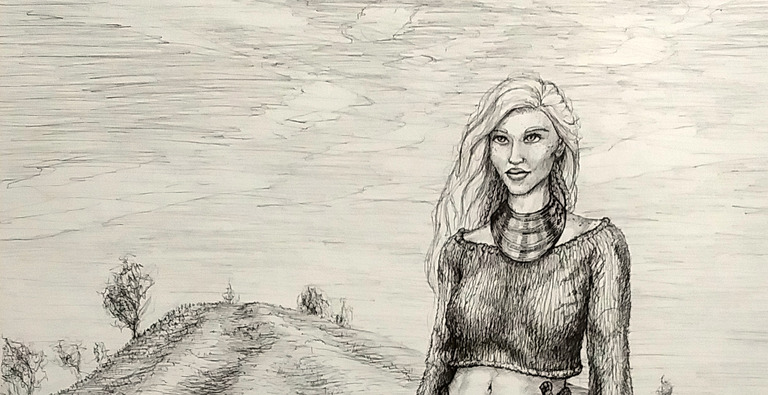
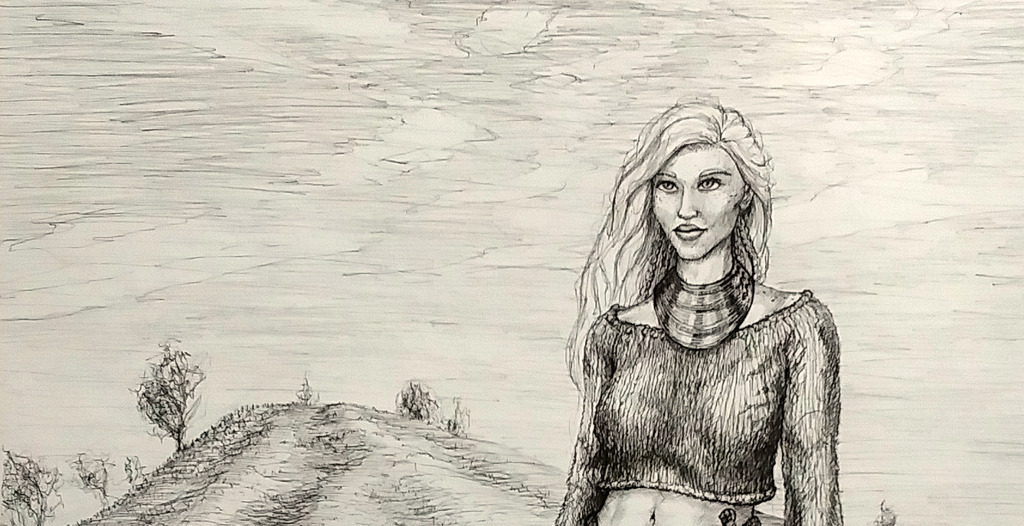
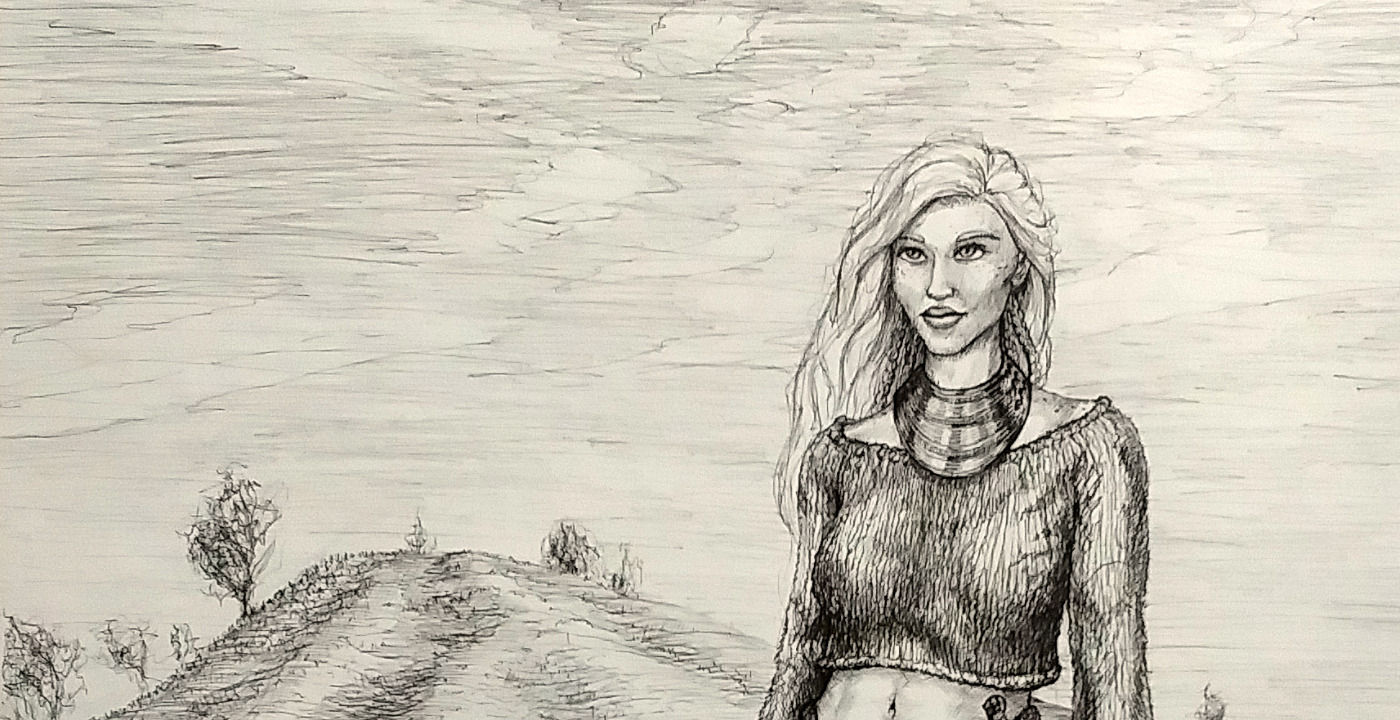
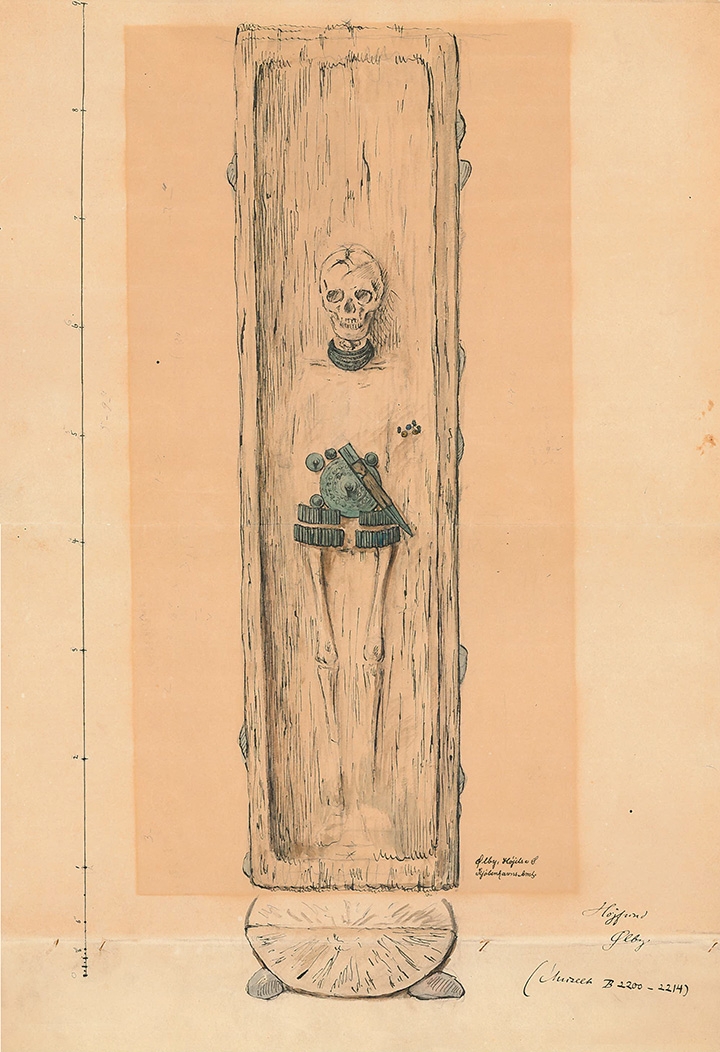
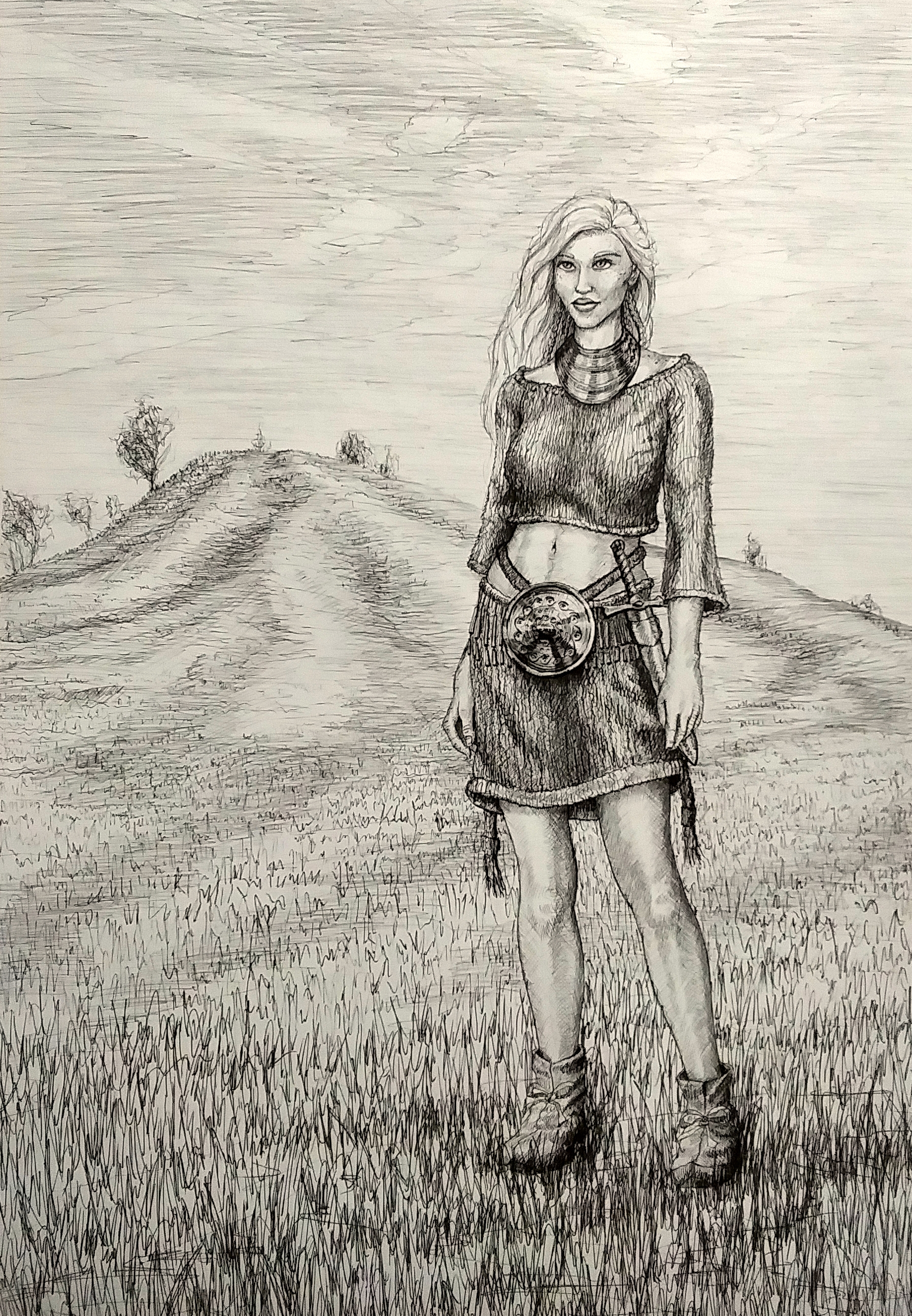
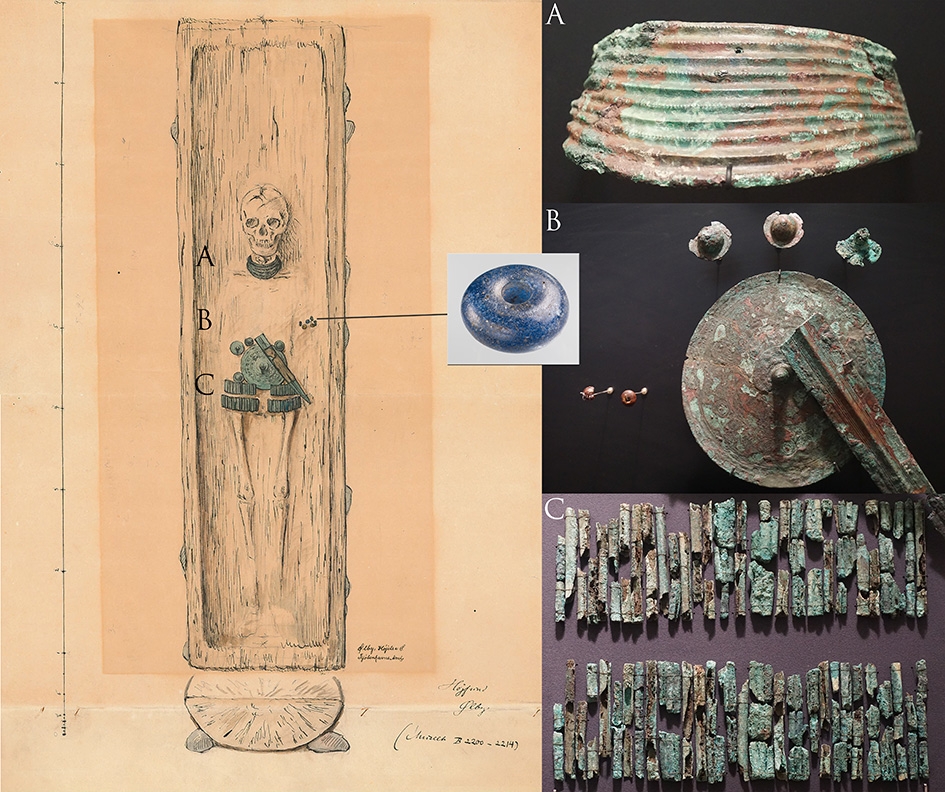
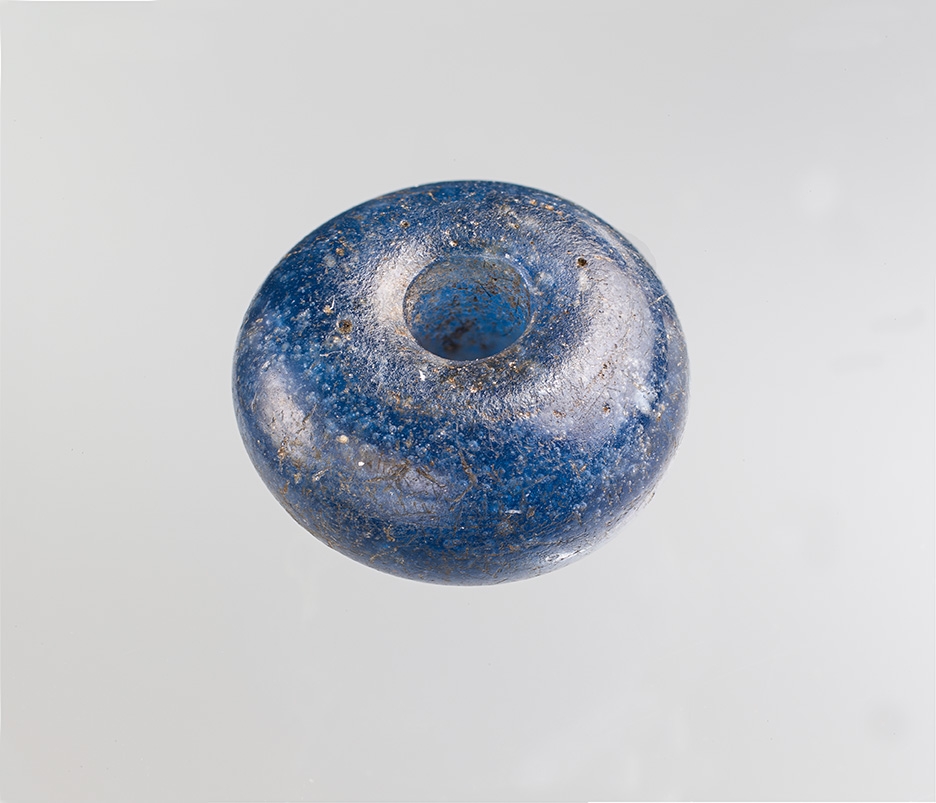
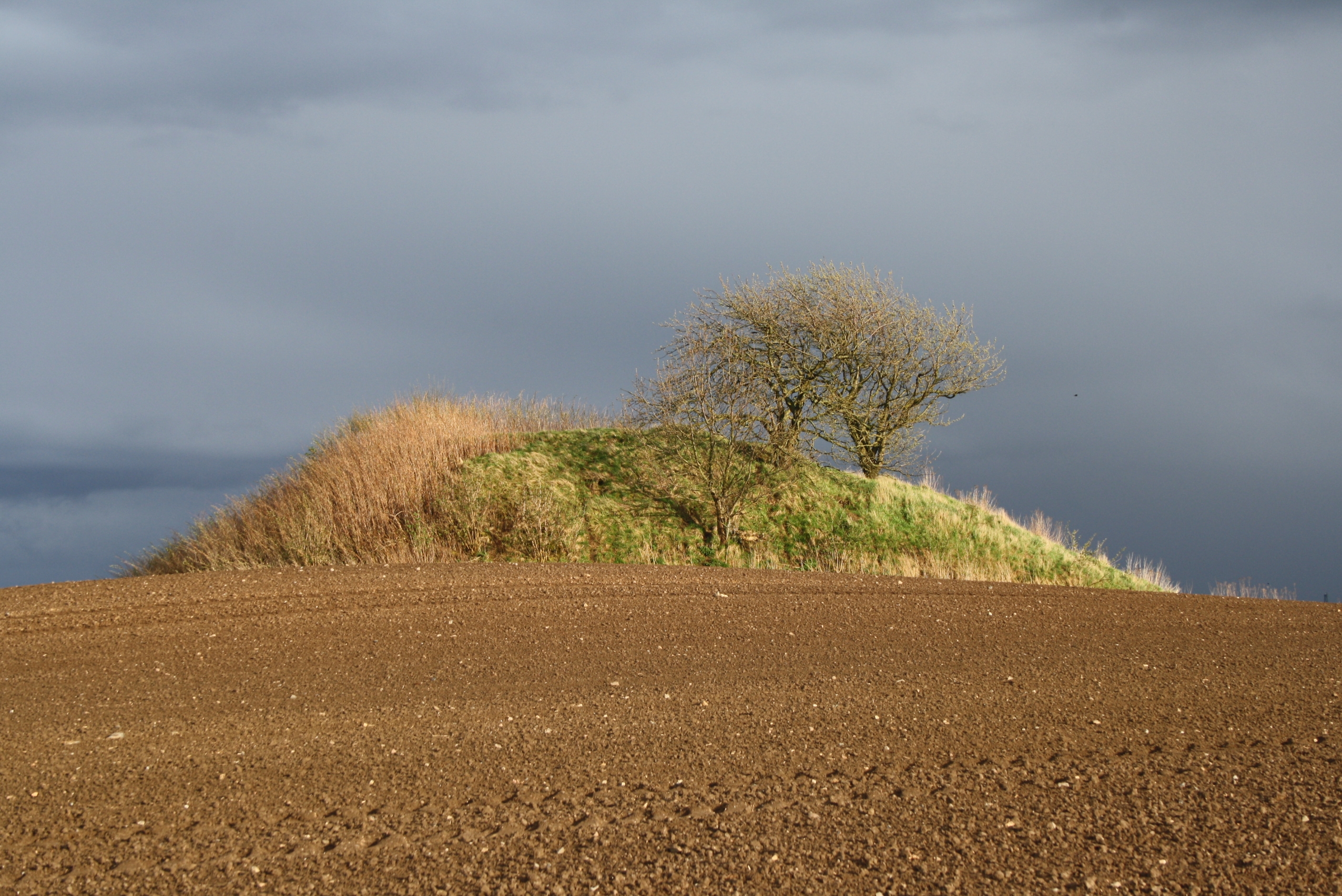
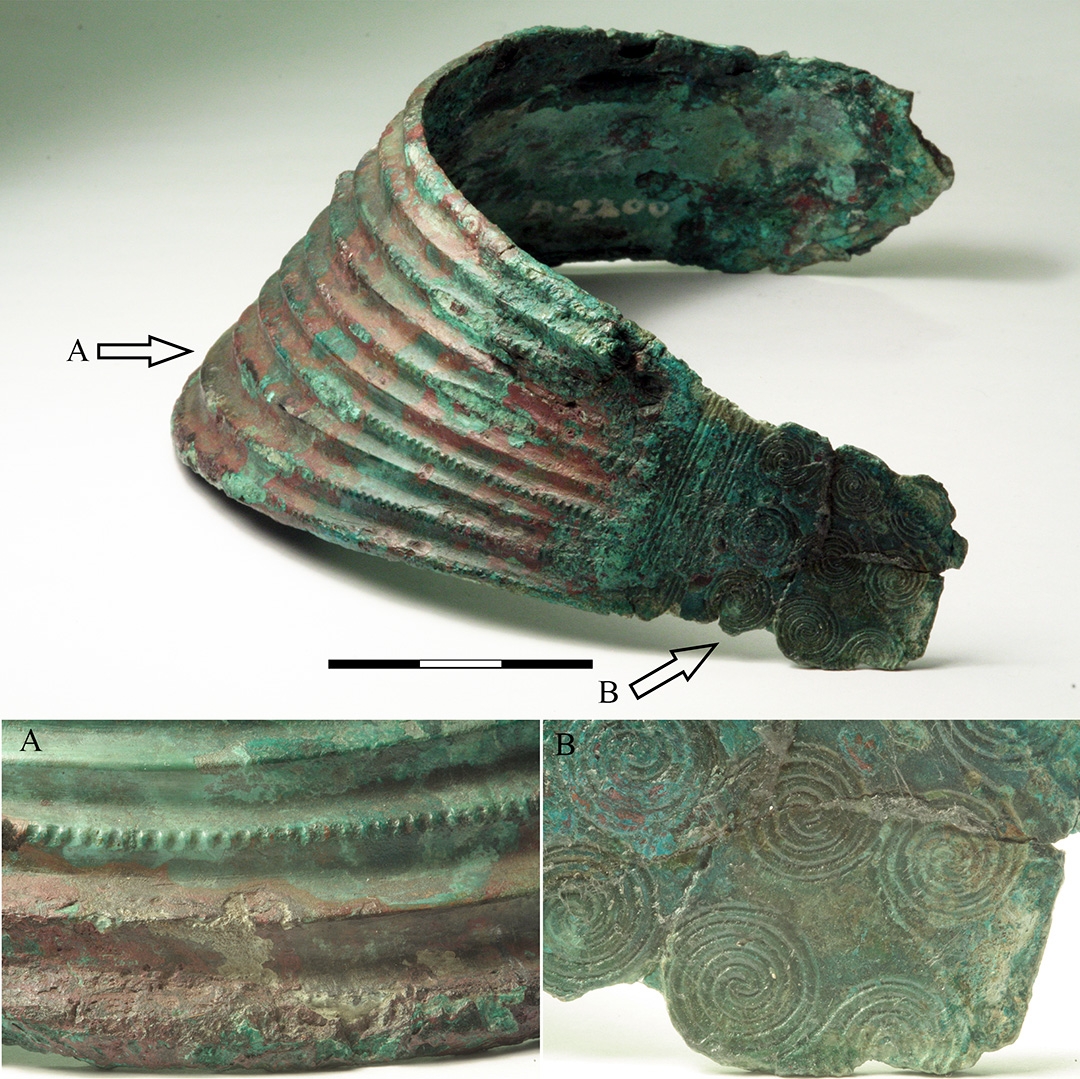
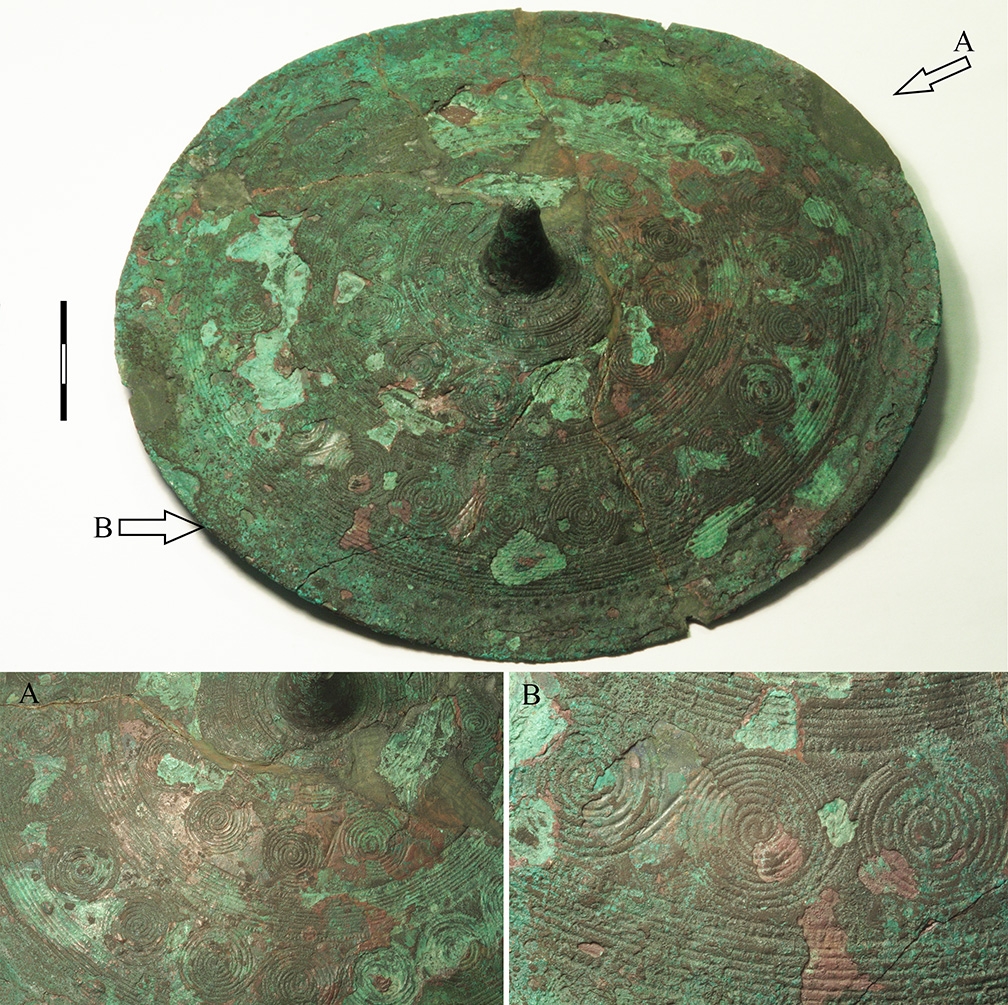
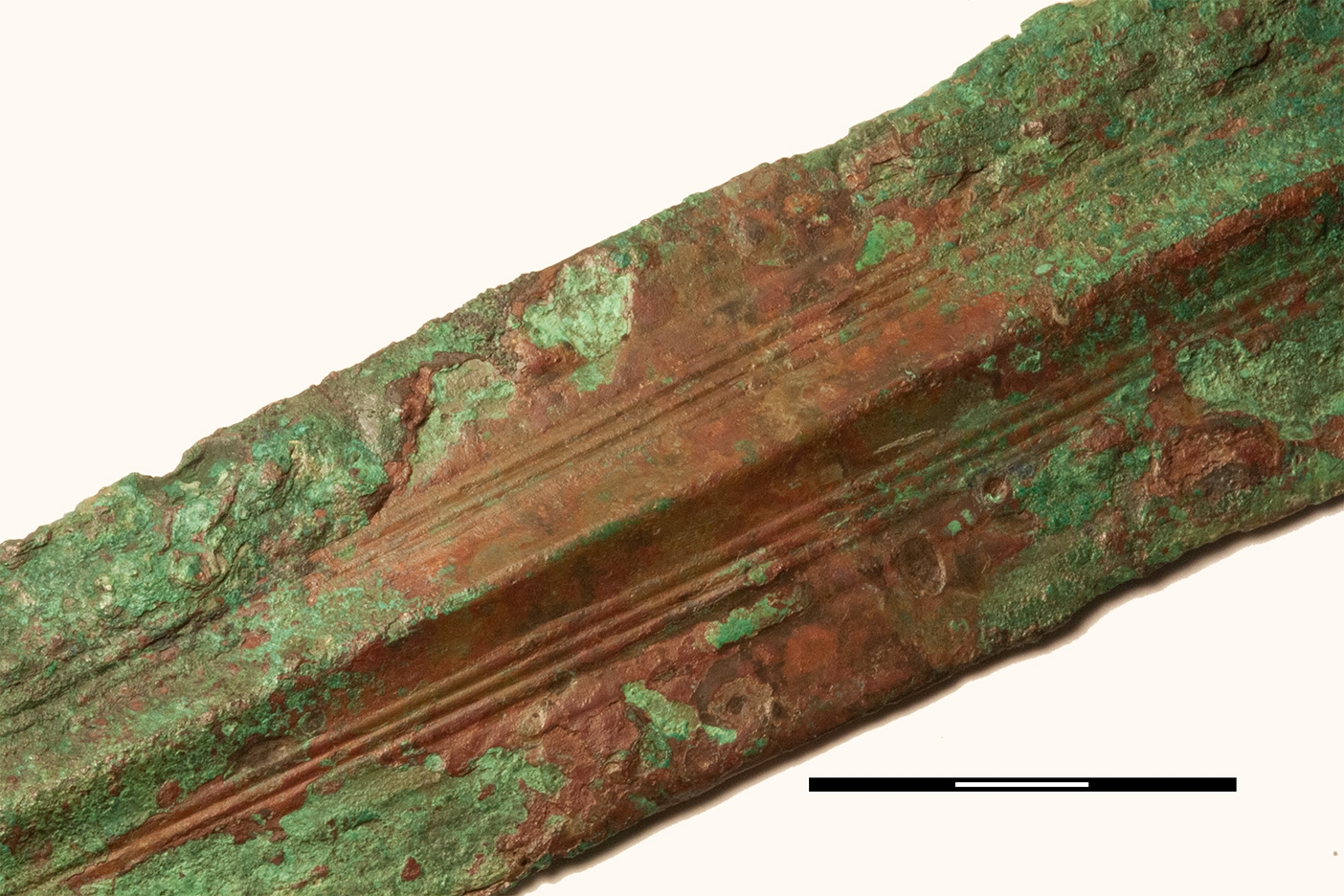
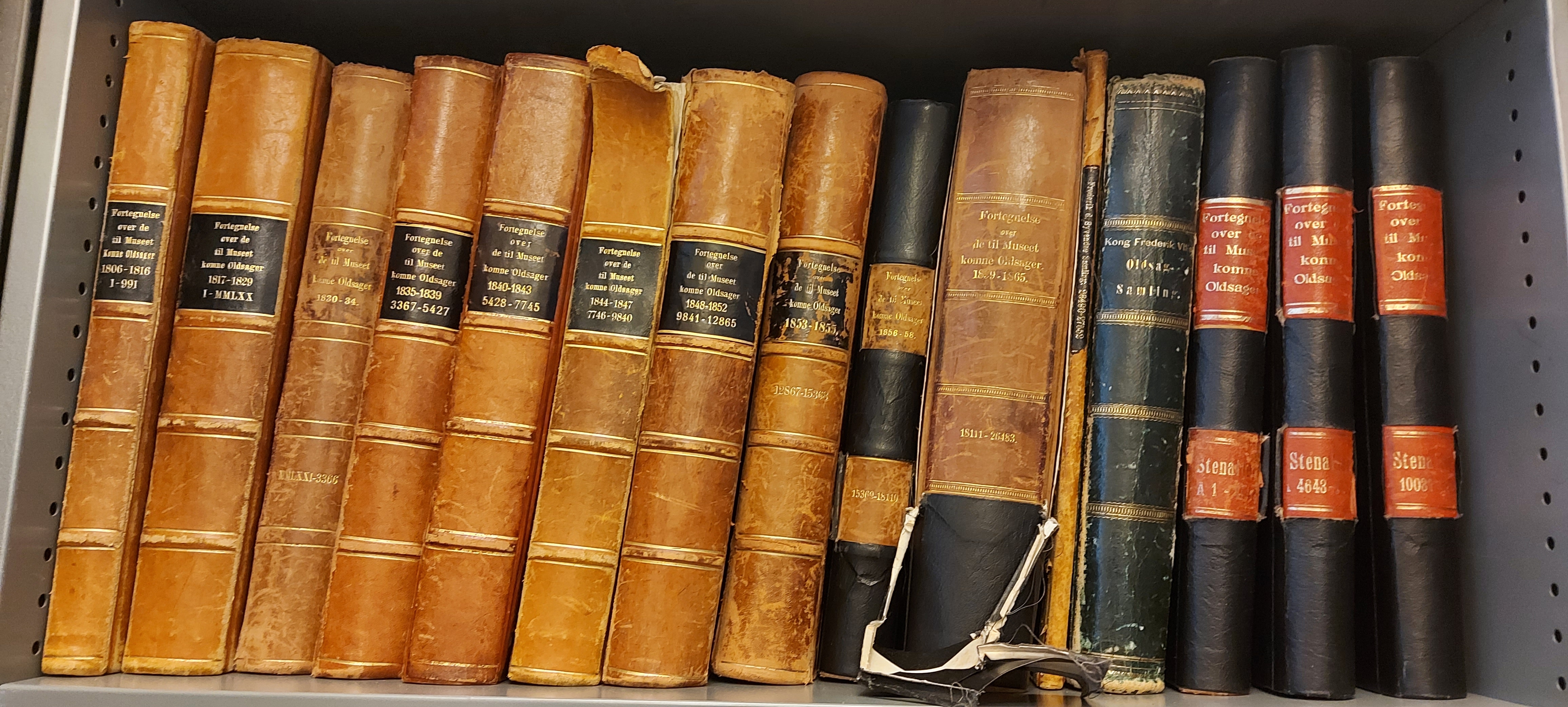
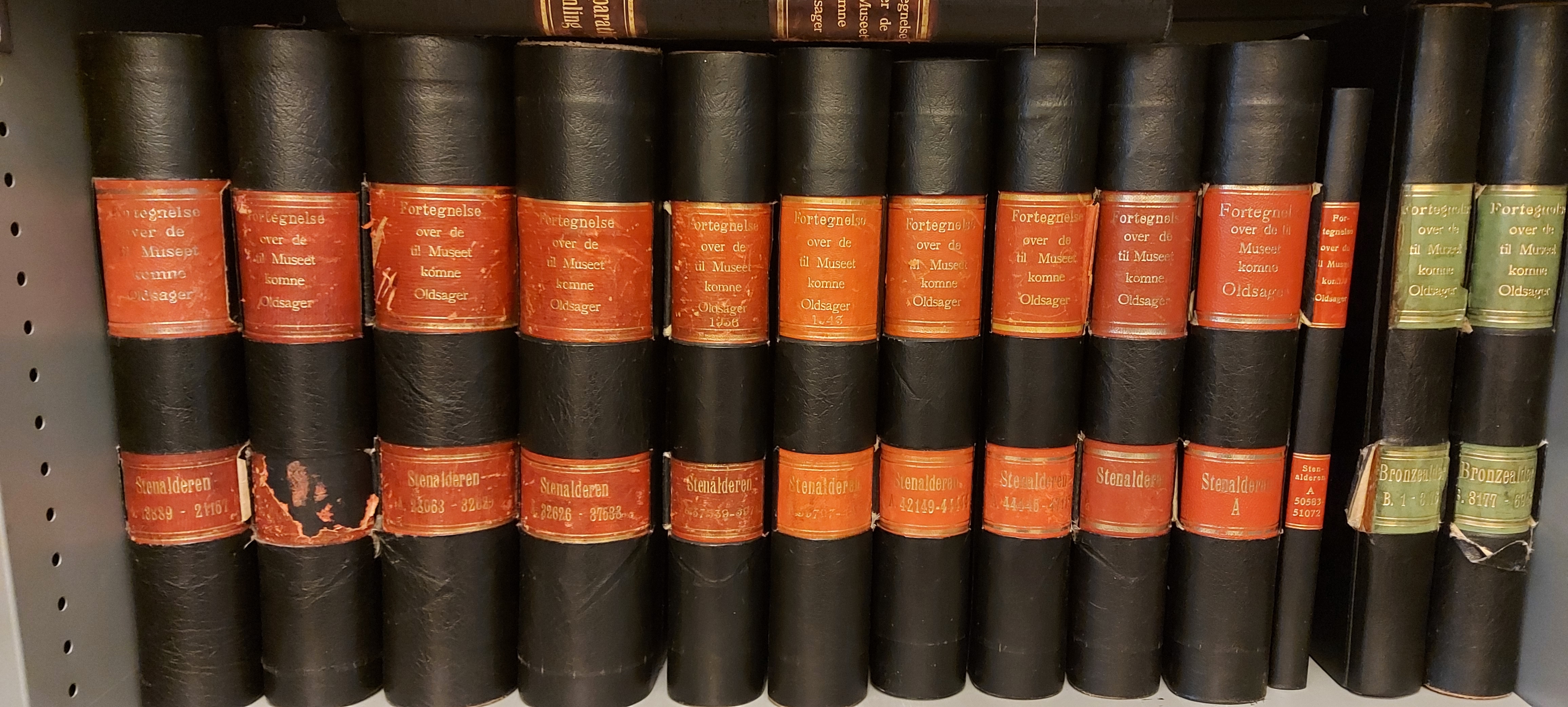
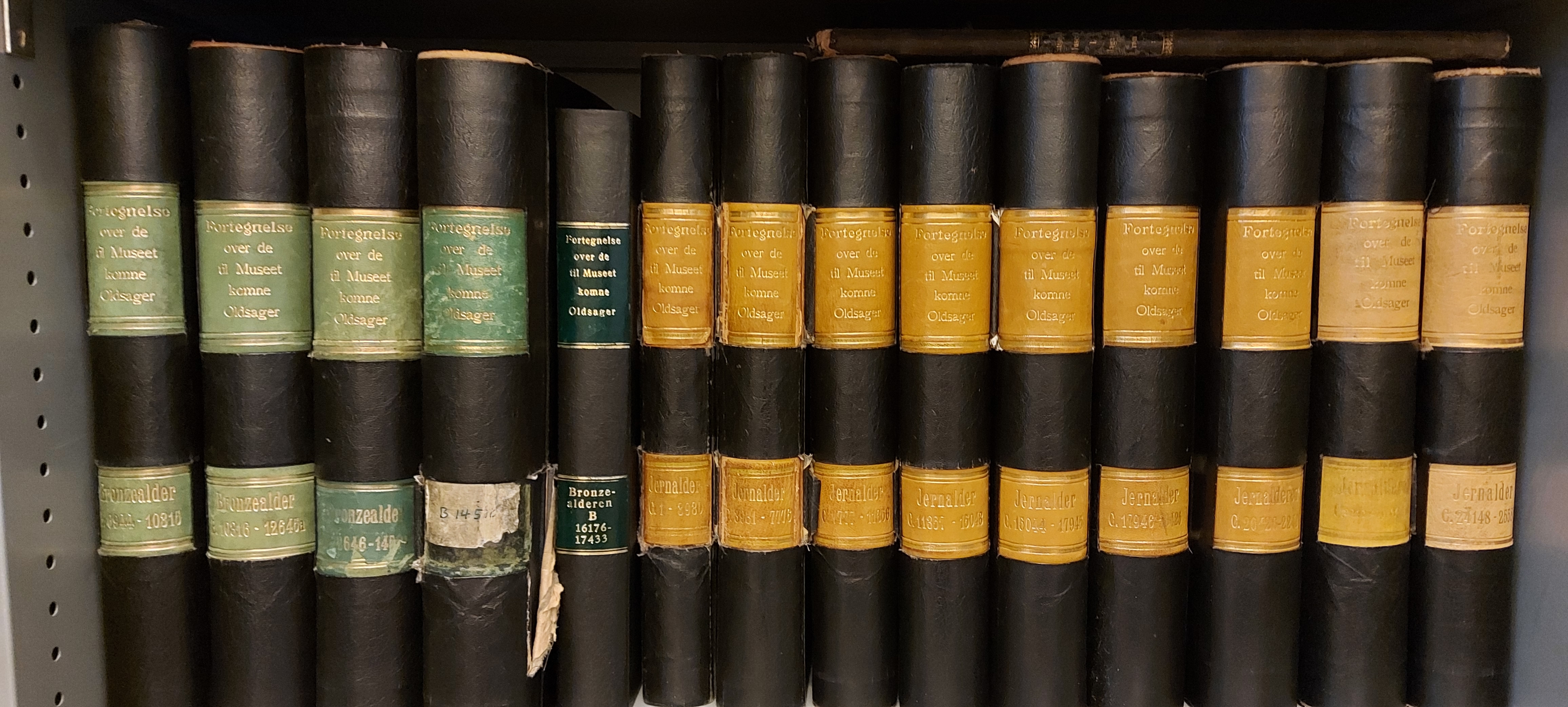
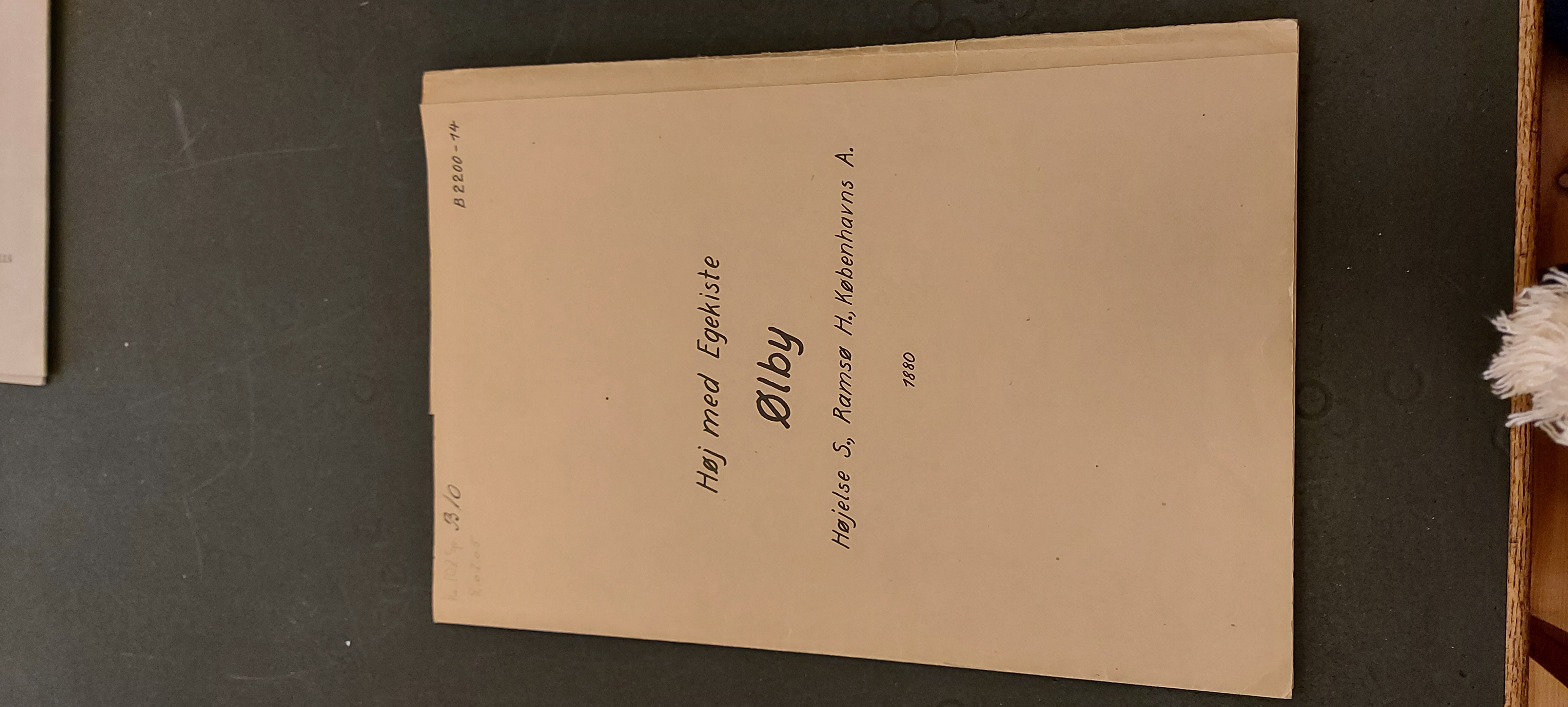
Comment
Your message was sent successfully